Eco-friendly Philadelphia homes are becoming increasingly popular among homebuyers. These homes save a significant amount of money on utility bills while contributing to environmental conservation. The initial step towards creating an eco-friendly home involves choosing renovation over constructing a new house. The fact is that renovating an existing home requires fewer resources and generates less waste compared to building a new one.
Now, imagine implementing sustainable renovations! What this means is using materials and techniques that have minimal impact on the environment. By undertaking sustainable renovations, you can achieve a double eco-friendly outcome.
Amazing, right? This article explores sustainable renovation strategies that help to achieve an eco-friendly Philadelphia home. Let’s dive right in!
What is an Eco-Friendly Home?
In simple terms, eco-friendly means earth-friendly. An eco-friendly home is a house designed and built to minimize its impact on the environment. This means using materials and methods that are sustainable and efficient while reducing the home’s energy and water consumption. The goal is to have a comfortable home that does not use too much of the Earth’s resources and helps keep the world clean. These homes save a lot on utility bills, and that should be motivation to undertake sustainable renovations.
Importance of Having an Eco-Friendly Philadelphia Home.
Having an eco-friendly Philadelphia home provides numerous benefits. Think of it as an investment, not just spending money. When you make your home eco-friendly, you save money on energy bills and your home increases in value. Eco-friendly homes usually sell quickly and at a higher price than non eco-friendly ones. Plus, opting for a sustainable renovation involves using safe materials such as those that are non-toxic, non-hazardous, and low-impact. Therefore, you will have a cleaner and healthier living space.
Pay Attention to Passive Design
Passive design is the perfect approach to achieving an eco-friendly Philadelphia home. This strategy involves taking into account the local climate when designing the layout and features of your home. By doing so, you will maximize energy efficiency and minimize environmental impact.
Arranging the living spaces, where you spend the most time during the day, to receive ample sunlight is essential. Placing these areas on the sunlit side of your home allows you to get natural daylight, reducing the need for artificial lighting and decreasing energy consumption.
Integrating a green roof or deck is another valuable aspect of passive design. Green roofs enhance insulation, contribute to temperature regulation, and improve air quality, creating a more sustainable living environment.
Depending on its location and orientation, a deck can create shade for the building, blocking direct sunlight during peak heat hours. This helps regulate indoor temperature and reduce the need for mechanical cooling, thereby improving energy efficiency.
Incorporating natural light sources, such as skylights and windows, can significantly reduce the need for artificial lighting during the day. This conserves energy and promotes a healthier indoor atmosphere.
Strategic landscaping is another passive design approach. Planting deciduous trees strategically around your property can provide shade in the summer, reducing cooling demands, while allowing sunlight to filter through in the winter, aiding in natural heating.
Reduce Waste
Reducing waste is another benefit when creating an eco-friendly Philadelphia home. This means finding ways to produce less garbage and making sure what we throw away is properly sorted and used again.
One way to do this is by setting up a recycling center in your home. Have a specific area where you put paper, plastic, glass, and metal that can be turned into new things. By separating these items, they can be recycled or made into new products, which saves resources and energy.
Also, when renovating your home, do not just throw away old things you no longer want. Try to donate or find new uses for them; items you no longer need can be useful to someone else. Also, materials like metal, glass, and plastic can be recycled instead of ending up in a landfill.
Use Sustainable Materials and Products
Using sustainable materials and products means choosing materials throughout the renovation that are kind to the environment and do not use many resources.
One way to do this is by choosing recycled or reclaimed materials. These are materials that have been used before but are still good. For example, using old wood from a previous building or countertops made from recycled glass. This keeps these materials from being thrown away by giving them a new purpose.
Another way is to go for sustainably sourced materials. These are materials that are gathered in a way that does not harm the environment. Bamboo and cork are examples of these materials. Bamboo grows quickly, so using it does not put a strain on the environment. Cork comes from the bark of trees, and taking it does not harm the trees.
If you are interested in using these materials, a website like Build It Green can be helpful. They have a lot of information about different materials you can use, from pipes to roofs to bathroom accessories. This way, you can make choices that are good for your home and the planet.
Consider Renewable Energy Sources
Renewable energy sources are a growing trend all over the world. There are various ways to use these sources in place of electricity and fossil fuels.
One option is to install solar panels on your roof. Solar panels collect energy from the sun and turn it into electricity for your home. This helps save on electricity bills and reduces the need for power from fossil fuels, which can pollute the air.
Another choice is a geothermal heat pump. This special system uses the heat stored in the ground to warm your home in winter and cool it in summer. It is like using the Earth’s natural warmth to control your indoor temperature, and it is much cleaner than traditional heating and cooling methods.
Both of these options do cost more upfront, but they save you money in the long run and make your home more sustainable.
Keep Water Conservation in Mind
Water has always been an environmental concern and every action that leads to using less water is highly appreciated. Water is a precious resource, and by conserving it, you are helping to ensure that there is enough clean water for everyone and the planet.
To start, think about installing low-flow faucets, showerheads, and toilets. These are designed to use less water while still working effectively. This helps ensure you are not using more water than you need for everyday tasks like washing your hands or taking a shower.
Another idea is to install a rainwater harvesting system. This system catches rainwater from your roof and saves it. You can then use the rainwater to water plants and gardens instead of using water from the faucet. This is a great way to make the most of natural water and save on your water bill.
Insulate Your Home
Insulating your Philadelphia home is like giving it a cozy sweater. One simple way to insulate your home is by caulking. Choose a use-specific caulk to fill in any small gaps around your doors, windows, and walls. If your wall gaps are more than three-eighths inch, you will need to use a foam type sealant. Both methods will keep the chilly air out in winter and the hot air out in summer.
Weatherstripping is another technique used to insulate homes. These soft strips go around movable objects such as doors and windows. These strips block drafts and prevent cold air from entering and warm air from escaping your home.
Another insulation consideration is low-e windows. These windows have a special coating that lets sunshine in while keeping extreme temperatures out. These windows maintain a comfortable temperature inside, minimizing the impact of the outside weather.
Read more about low-e windows here.
Use Reclaimed Furniture
Using reclaimed furniture is a way to make your eco-friendly Philadelphia home look fantastic while showing love for the planet.
Reclaimed furniture is made from wood once used for something else, meaning no new trees were cut down. Plus, making new furniture from old wood creates less waste. Making reclaimed furniture is like recycling. The wood has already been cut and treated, so there is less pollution from the manufacturing process. It is a greener way to create beautiful pieces for your home.
Use Energy Star Rated Appliances
Energy Star-rated appliances are the superheroes of energy saving. They are good for the environment and your home. They use less electricity than regular appliances, which means you save on your energy bills and help lower your carbon footprint. From washing machines and dryers to dishwashers and fridges, energy star-rated appliances are readily available. No matter what appliance you are replacing, you can easily find an energy-efficient option.
Use Smart Home Devices
Smart home devices make your home smart in how it uses energy. They help you save money, reduce your environmental impact, and give you the added convenience of controlling things from a distance. It is like having a helper that keeps things efficient and eco-friendly within your home.
For example, you can upgrade your thermostat to a smart one. These devices keep track of how much energy you use to heat or cool your home. The thermostat learns your preferences and adjusts the temperature accordingly. This alone helps you save energy.
Likewise, with smart lighting you can manage when lights are on or off with precision. This prevents lights from being left on by accident, which saves energy and lowers your electricity bill. You can read more about smart light switches here.
But the cool thing about these devices is that you can control them even when you are not at home. If you are traveling or forgot to turn something off, you can easily do it from your phone or computer. This avoids wasting energy when you are not there.
Rely on the Experts
Experts specializing in eco-friendly construction and renovation know the best practices to minimize waste, use sustainable materials, and optimize energy efficiency. They can guide you in making choices that benefit you and the environment.
Professionals with years of experience understand how to plan renovations to make the most of your resources. They can help you choose the correct materials and methods that align with your eco-friendly goals.
Most importantly, eco-friendly renovations require specific knowledge. Hiring experts can prevent common mistakes that DIYers often make, thus saving resources and reducing the need for rework.
Matrix Construction’s advice comes from over 25 years of experience. Rely on the experts to ensure your eco-friendly renovation planning is well informed and energy efficient. It is like having a knowledgeable partner by your side
Conclusion
To wrap up, creating an eco-friendly Philadelphia home is about making smart choices for both your comfort and the environment. From using natural light and renewable energy sources to choosing reclaimed materials and energy-efficient appliances, each choice plays a role in reducing our carbon footprint and creating a more harmonious living space.
If you are seeking renovation services in the Philadelphia area, Matrix Company Solutions Corp. stands ready to help. Our expertise can help you realize the eco-friendly Philadelphia home you envision. Together, let’s shape a sustainable and comfortable haven for you and the environment. Reach out today for a FREE Consultation and Estimate.



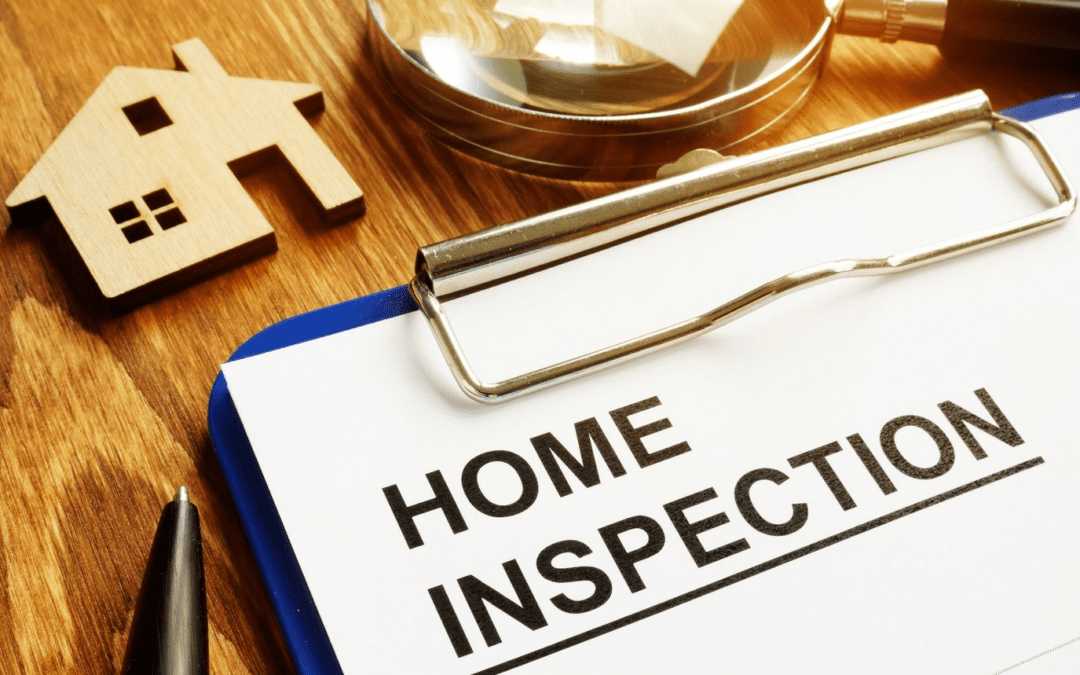
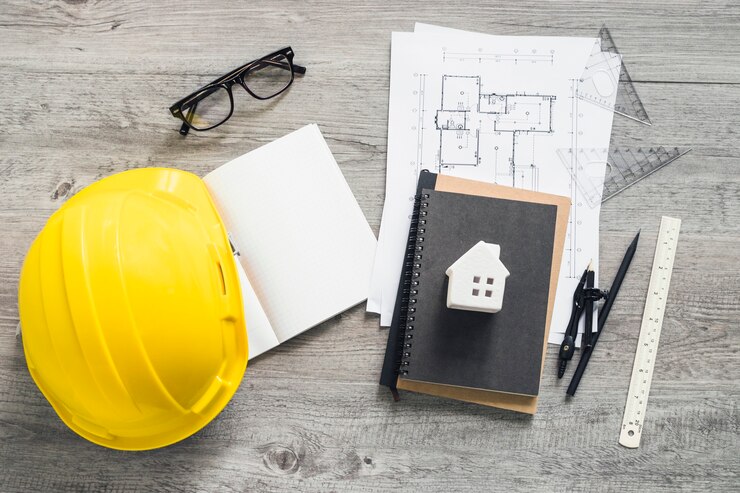

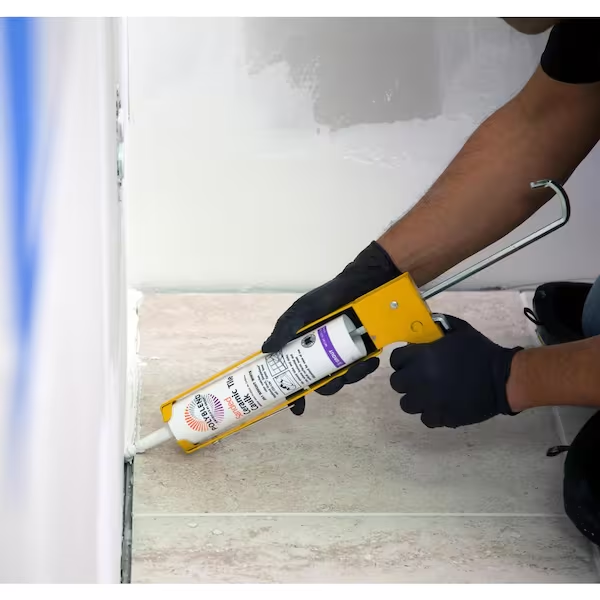


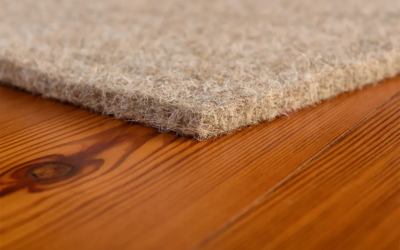
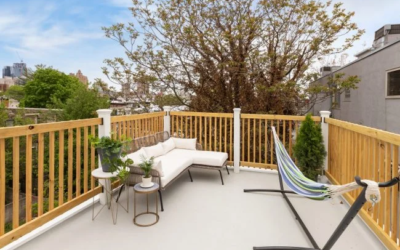

0 Comments